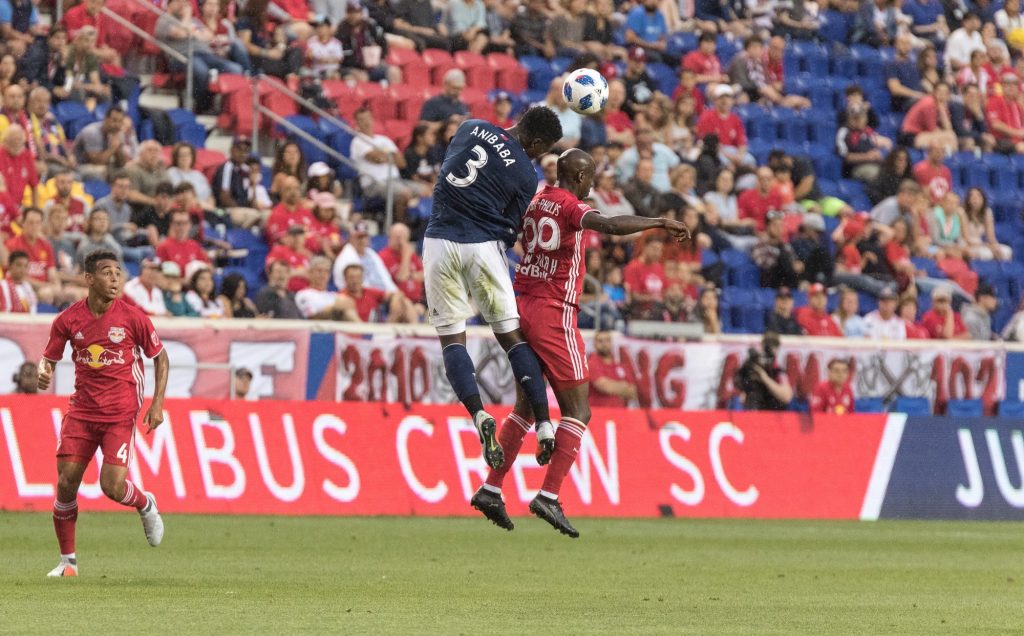Fueled by the popularity of the USA-hosted 1994 FIFA World Cup, MLS was born in 1996. Originally, only 10 teams competed for the Rothenberg trophy (now called the Anschutz Trophy). Twenty-three years later, MLS has 24 teams: 21 in the U.S. and 3 in Canada, making soccer one of America’s fastest growing sports.
MLS has some odd rules though, compared to its European counterparts. Unlike the Premier League, La Liga, or the Serie A, MLS has made some changes to the rules. Let’s have a look at 5 football rules that only exist the American MLS.
No Promotion/Relegation
In all the major European football leagues, there is a promotion/relegation system in place. MLS does not have promotion and relegation, making Major League Soccer one of the only first-division professional football leagues in the world where clubs don’t have to fear dropping to a lower league. The only European league which has no relegation is the Campionato Sammarinese di Calcio in San Marino, but this is because San Marino is a small city state. MLS had the opportunity to implement a promotion/relegation system a few years ago. The television networks promised the league four times their current contract value, but the proposal was rejected.
General Allocation Money (GAM)
General Allocation Money (GAM) is money that is available to a club in addition to its salary budget. Each MLS club receives an annual allotment of GAM and that money can be used for a multitude of things, for example for signing new players. This is very different from Europe, where clubs don’t have a ceiling when it comes down to spending money on players. This has a huge influence on the game, as it is well-known that the rich clubs are more successful than clubs with less financial resources. In MLS, on the other hand, teams that fail to qualify for the playoffs receive additional money in order to balance out the competition.
Transfer Process
Compared to Europe, the transfer process is a bit complicated in the MLS. It is the goal of MLS to keep the league on an even playing field. And they have been successful, MLS has crowned 13 different champions in its 23 years in history. MLS wants to make it so that players are loyal to their team, that’s why the selling team only gets a part of the transfer fee. For example, if a player has been with the club for only one year, the club itself only gets 1/3 of the transfer fee, while MLS takes the rest. Salary cap regulations also make it so there is a limit on the amount of money a team can spend players’ salaries. Though, the Designated Player Rule does allow each MLS franchise to sign up to three players that would be considered outside the team’s salary cap.
Franchise Relocation
Franchise relocation of professional sports teams is a practice which involves a sporting club moving from one city to another city. The relocation of a professional sports franchise to another place is obviously not a popular decision with the hometown fans. Imagine if Manchester United would suddenly become London United? The fans would be outraged! So far, the only team that has relocated is the San Jose Earthquakes, who became the Houston Dynamo in 2006, moving from the West Coast to the East Coast.
Penalty Shootouts
When MLS initially started, the league wanted to make an effort to make the sport more appealing to the American public. MLS opted for a variant on the penalty shootout with players starting 35 yards out and tasked with beating the goalkeeper within five seconds. It essentially worked the same way a hockey shootout would. This rule was abandoned in 1999 and MLS eventually adopted the more socially acceptable penalty kick, just as is done in Europe.
